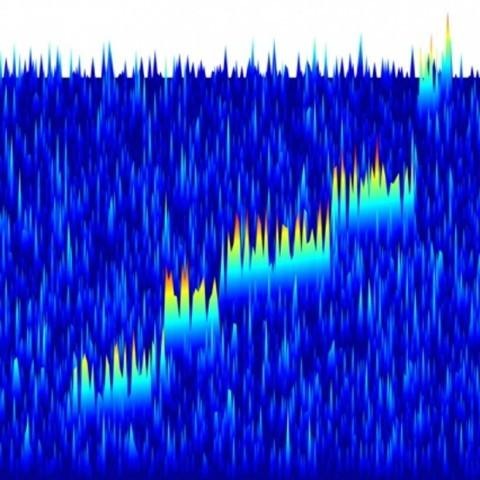MIT develops tabletop particle detector that can see individual electrons
Physicists at MIT have developed a new tabletop particle detector that is able to indentify single electrons in a radioactive gas. The gas used in the experiment decays and as it decays, it gives off electrons. The tabletop detector then uses a magnet to trap the electrons inside a magnetic bottle.
An antenna on the detection is then able to pick up very weak signals emitted by the electrons that can then be used to map the precise activity of the electrons over several milliseconds. The MIT researchers were assisted in developing the device by researchers at Pacific Northwest National Laboratory, the University of Washington, University of California at Santa Barbara, and other institutions to record the activity of more than 100,000 individual electrons in krypton gas.

The scientists say that most of the electrons that were observed act in a characteristic pattern as the gas decays with electrons vibrating at a baseline frequency before fading. The frequency spikes again when an electron hits an atom of radioactive gas making the electron appear to jump in a step-like pattern.

The development of this detector is seen as a big step towards being able to detect Neutrinos. Neutrinos pass through all the cells of our body every second, but the particles are hard to detect because they don't appear to interact with ordinary matter. Scientist hope to one day use devices such as the new detector to learn more about neutrinos.
SOURCE: MIT
